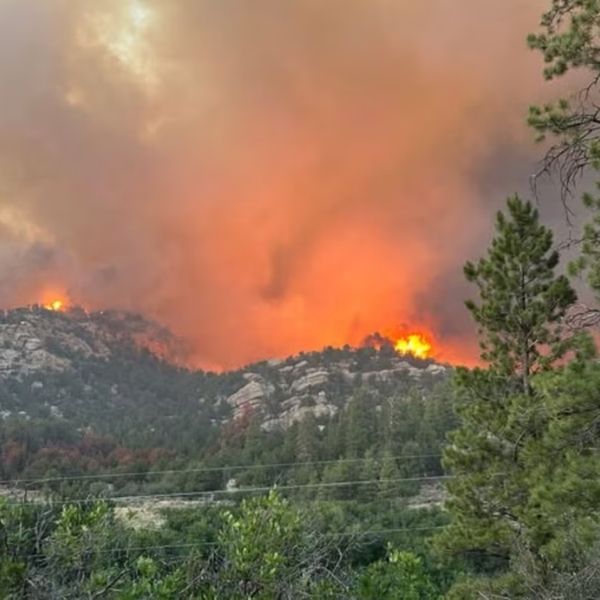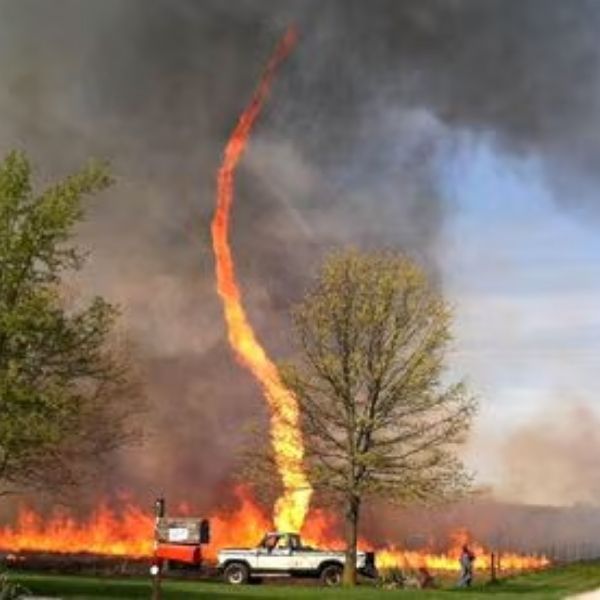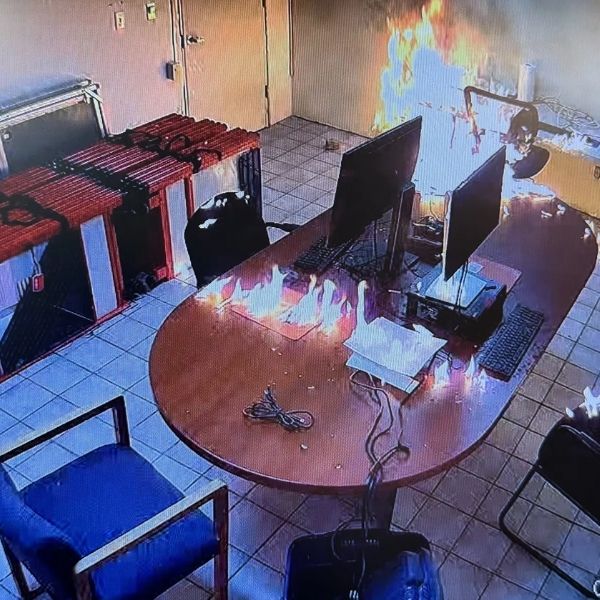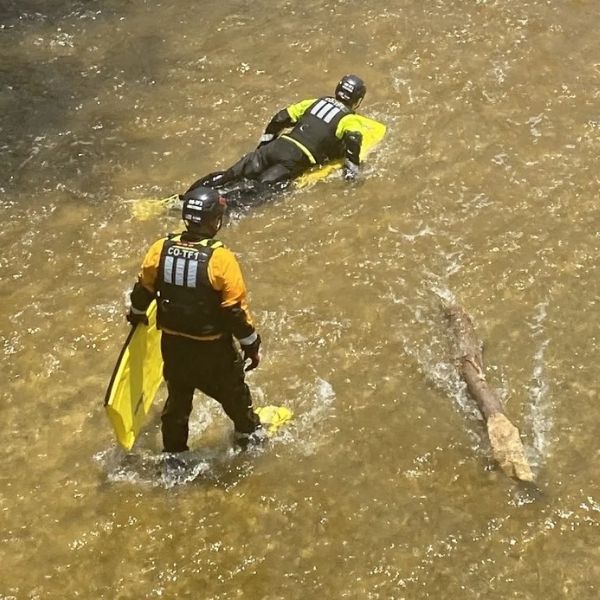A major oil spill in Colorado, caused by a Chevron facility “blowout” in April, is being called the largest environmental disaster of its kind in the state’s history. Cleanup efforts could take up to five years, and dozens of residents remain displaced, months after the toxic leak began.
What Happened?
Near Galeton, Colorado, a Chevron-operated site suffered a blowout that spewed a mixture of water, oil, and chemicals for nearly four straight days. According to Colorado Public Radio and CBS News, the leak forced the evacuation of several homes and even an elementary school.
By mid-May, Chevron had recovered over 91,000 barrels of waste, but the scale of the spill shocked environmental advocates and state officials alike.
“We have not seen an incident like this in Colorado history,” said Aaron Weiss, deputy director of the Center for Western Priorities.
Why It Matters
Oil and gas spills pose serious public health and environmental risks. The National Oceanic and Atmospheric Administration (NOAA) notes that crude oil contains toxic compounds that can lead to immune issues, heart damage, developmental problems, and even death.
As of mid-June, 4 of the 14 displaced families had still not returned home, and cleanup efforts continue at the local elementary school. CBS News reported that a contractor’s failure to properly install equipment caused the blowout, which also resulted in injuries.
“This highlights the real dangers of fossil fuel operations,” said Weiss. “It’s a reminder why clean energy investment matters.”
Chevron’s Response
Chevron has pledged to:
-
Cover housing and living costs for displaced families
-
Review and update equipment and assembly procedures
-
Monitor air quality around the affected area
-
Partner with farmers to test soil for contamination
The company says it will rely on liability insurance to handle cleanup costs. However, public trust is shaken, and environmental watchdogs are urging state agencies like the Energy and Carbon Management Commission and the Colorado Department of Public Health to hold Chevron fully accountable.
The Bigger Picture
This spill adds to growing concerns over the safety of oil and gas infrastructure in Colorado and nationwide. Studies show fossil fuels remain the most dangerous energy sources—not just because of spills, but also due to accidents, air pollution, and long-term health effects.
By contrast, clean energy sources like solar, wind, nuclear, and hydropower are not only safer, but also less volatile in cost and more secure for the future.
“Chevron may clean it up, but the damage to these families and the environment is already done,” Weiss emphasized.
















Leave a Reply